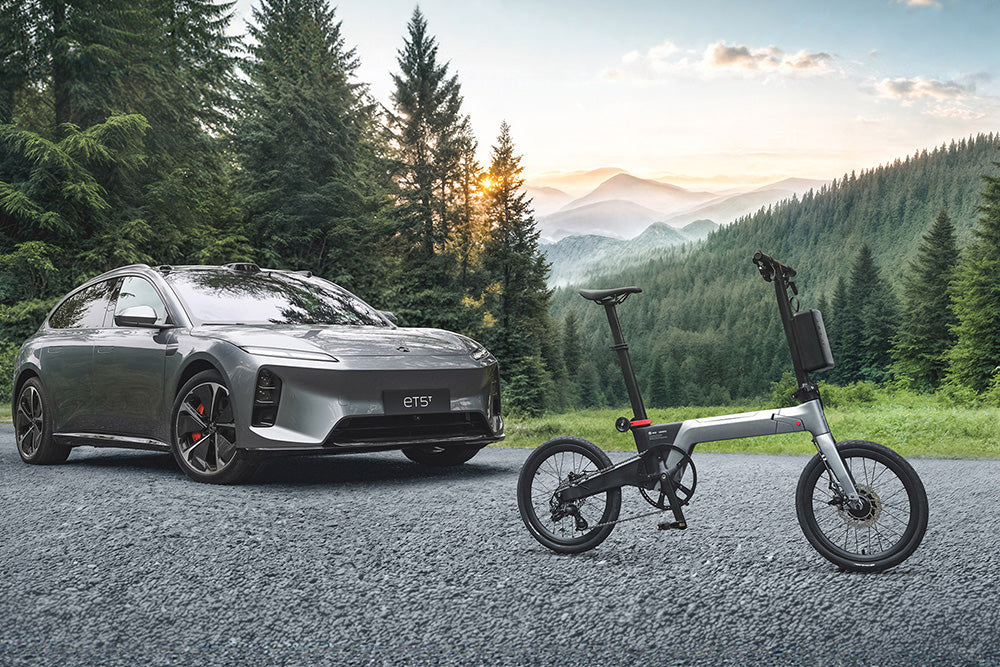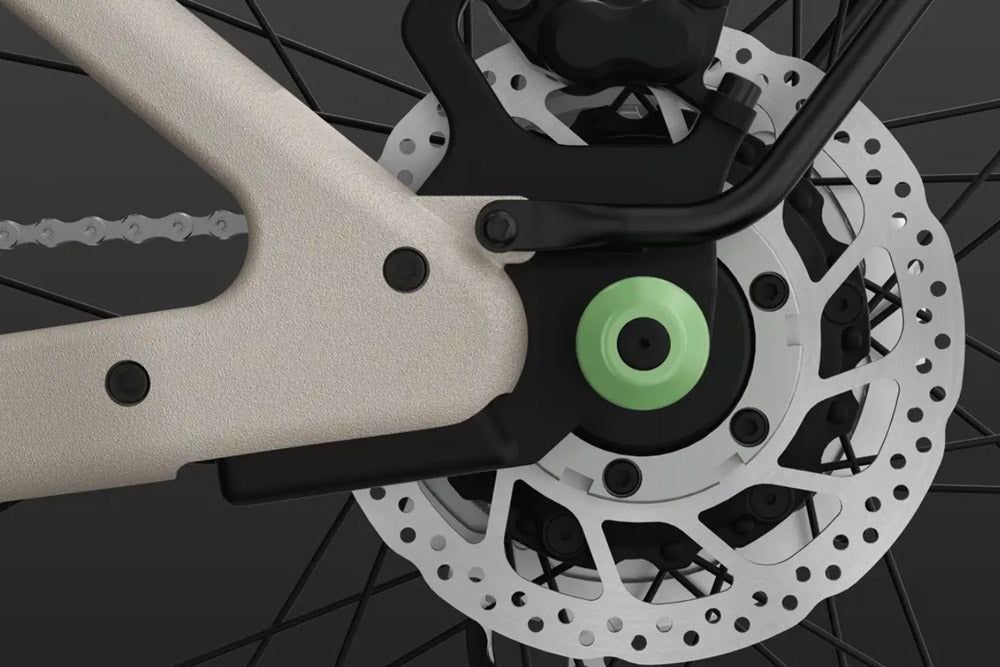INTRODUCTION
The E-bike not only enables efficient transportation but also presents new challenges in dealing with speed and braking. Effective braking technique is crucial to maintain control of the e-bike and ensure safety. Braking is one of the most critical components of safe riding. Knowledge of different braking techniques is essential to effectively slow down and retain control of your E-bike. In this comprehensive guide, various braking techniques for different riding scenarios will be explored. Whether it's everyday road traffic, emergency situations, or specific scenarios, understanding these techniques will make you a skilled and confident rider.
The Importance of Proper Braking Technique with an E-Bike
With the additional power of an electric motor, an e-bike can reach higher speeds than a conventional bicycle. This additional speed requires precise and effective braking technique to avoid unwanted incidents. Proper braking not only provides more control but also contributes to the safety of the rider and other road users.
Basics of Braking with an E-Bike
Before we delve into the various braking techniques, it is important to understand the basics of braking. Brakes are used to reduce the speed of a vehicle or bring it to a stop. Effective braking should be controlled and gradual to prevent wheel lock-up and potential skidding.
Weight Shift: Before braking, shift your weight towards the rear. This helps minimize the risk of flipping over.
Brake Force Modulation: Modulate the brake force according to your riding speed and road conditions. Sudden braking can lead to instability.
Smooth Braking: Whenever possible, brake smoothly with both brakes to achieve stable deceleration.

Brake Systems
There are different types of brake systems, including disc brakes and drum brakes. Disc brakes often offer better performance and cooling, while drum brakes can be a simpler and more cost-effective option. The choice of brake system may vary depending on the model and significantly influences the braking dynamics.
Brake Components
The main components of a brake system include brake pads, brake calipers, brake discs, and brake fluid. Regular maintenance of these elements is crucial to ensure optimal braking performance. Worn brake pads or leaking brake fluid can significantly impair the effectiveness of the brakes.
Braking Techniques for Normal Riding
Progressive Braking
Progressive braking involves gradually applying brake force. This technique is especially suitable for regular road traffic as it allows for smooth and controlled deceleration. By gradually increasing the brake pressure, a uniform deceleration is achieved.
Threshold Braking
Threshold braking requires pushing the brake force to its optimal limit just before the wheels lock up. This technique requires finesse and skill to achieve maximum deceleration without risking wheel lock-up.

Trail Braking
Trail braking involves applying the brake while cornering to shift the load onto the front wheels and improve traction. This technique is particularly advantageous in curved sections of the road.
Braking Techniques for Emergency Situations
ABS (Anti-Lock Braking System)
ABS prevents wheel lock-up during heavy braking by modulating the brake pressure. This allows the rider to maintain steering control and brake safely in emergency situations.
EBD (Electronic Brakeforce Distribution)
EBD optimally distributes the braking force between the front and rear wheels, depending on the vehicle's load. This improves stability during the braking process.
Pulse Braking
The pulse braking method involves repeatedly and pulsatingly applying the brakes, especially on slippery surfaces. This helps improve traction and stabilize the vehicle.
Braking Techniques for Special Scenarios
Descending Brakes
When descending steep slopes, it is important to brake intermittently to avoid overheating the brakes. Controlled and brief braking maneuvers are more effective than continuous braking.
Wet or Slippery Road Braking
Braking on wet or slippery roads requires special caution to prevent wheel skidding. Gentle and controlled braking is crucial here to maintain control.
Braking with a Trailer
When braking with a trailer, the altered weight distribution should be taken into account. A longer braking distance is to be expected, and proactive driving is crucial to come to a safe stop.
Conclusion
Understanding different braking techniques is crucial for safe and effective riding, especially when using e-bikes. Adapting the braking strategy to the specific riding situation, whether it's normal riding, emergency situations, or special scenarios, helps avoid accidents and prolong the lifespan of the brakes. A conscious approach to braking makes you a responsible and safe rider, regardless of the challenges on the road. Use this knowledge to make your riding experience safer and more enjoyable.




